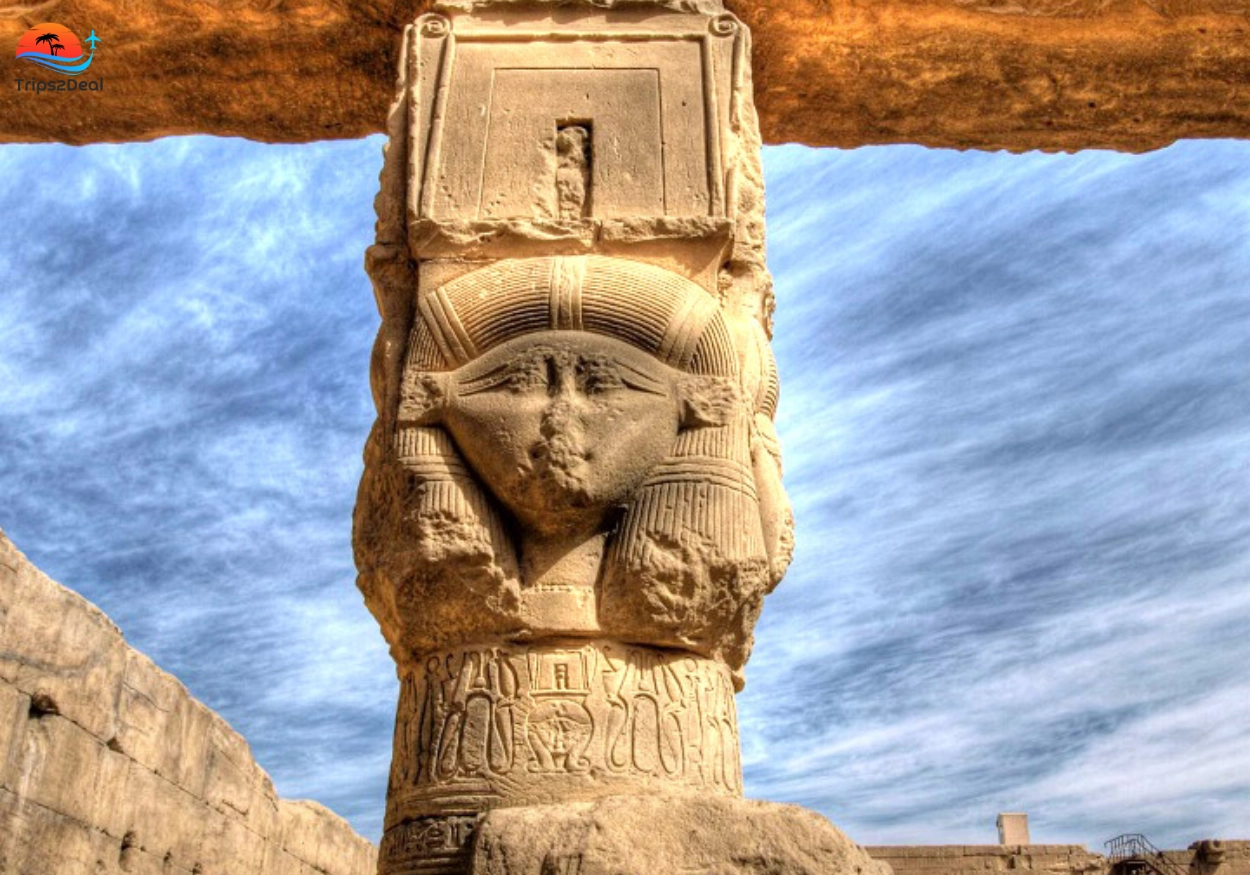Blogs

Dendera Temple Complex
Dendera Temple Complex Location
The Dendera Temple Complex is at the west financial institution of the Nile River, approximately 2.5 km southeast of the town of Dendera and across from the city of Qena. This complex is one of the most important spiritual web sites of ancient Egypt and is domestic to the Temple of Hathor, the goddess of love, song, and fertility. The Temple of Hathor is certainly one of Egypt’s first-class-preserved temples.
Description of Dendera Temple Complex
The complex of about 40,000 square meters is surrounded by a massive mud brick wall, it once housed many temples and shrines, some dating back to the Old Kingdom (2575-2150 BC) Over time, many old buildings were destroyed and rebuilt, but the present temple from the Greco Roman period is Included in the cathedral of Dendera are the remains of a Coptic church, a small shrine dedicated to the goddess Isis, the “mammisi” or birth chamber associated with the birth of the gods.
The Hathor Temple
The main feature of the complex is the impressive Temple of Hathor, built in the northeast by Pharaoh Ptolemy VIII and Queen Cleopatra II in the 1st century AD. Inside the temple is a large hall with 18 massive columns, each decorated with statues of Hathor. The walls of the hall are completely covered with beautiful paintings of the Roman Emperor sacrificing to Hathor including the famous ancient symbols. The ceiling is also unique, with stunning depictions of Nat, the goddess of the sky.
Dendra Zodiacs
One of the most interesting capabilities of the temple is the Dendera Zodiac, a mysterious famous person map that suggests the positions of 12 constellations. This map may be found in the Osiris chapel of the Hathor temple. The zodiac includes pics of the ram, bull, twins, crab, lion, virgin, scales, scorpion, archer, goat, watering pots, and fish with vivid tails. These symbols had been essential for growing and organizing the ancient Egyptian calendar.
The Dendera light
Stone carvings in the Temple of Hathor depicting Harsomtus as a serpent emerging from a lotus flower. Also known as Horus and the "original angel". He may be shown in the cathedral of Dendera when the cathedral is dedicated to Hathor. In Egyptian mythology, Harsomatus is said to be the son of Hathor or her lover.

The True Birthplace of Electricity
The temple has been at the center of controversial thinking about ancient Egypt. Some people believe that the Djed pillar and a carved lotus flower with a snake emerging from it show evidence that the Egyptians had a bulb-shaped lamp associated with advanced electricity but many archaeologists believe otherwise this idea is just a theory far from the truth.





